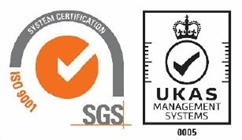-
TECHNOLOGY
-
MATERIAL SELECTIONS
A wide selection of materials to be woven and processed, perfectly suited for your application. 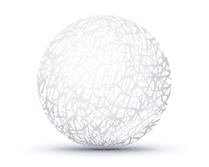
E Glass
The main product of choice when considering glass fiber, E Glass can resist up to 550°C. E Glass is also used for its strength and electrical resistance. E Glass yarns are available from 6 to 11 microns. Rovings from 200tex to 2700tex are also available for weaving.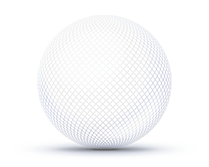
AR Glass
Also known as Alkali Resistant Glass fiber, AR glass is used mainly for concrete reinforcements. AR glass has high Zirconia content and have anti-corrosion properties.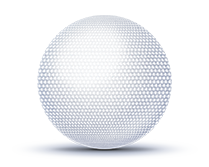
C Glass
The most economical type of glass fibers. Lower in strength compared to E Glass. C Glass has good potential use in intermediate temperature insulation applications.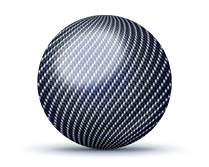
Carbon Fiber
Known as the material of the future, carbon fiber has unparalleled strength when used in composite reinforcements. Carbon fibers are used in products that require high strength to weight ratios. Its pitch black color combine with our unique weave patterns enhances the aesthetics of our customer product's exterior.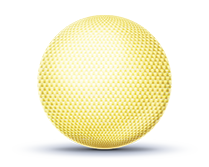
Aramid
Aramid is used for its high modulus. Its application spans from the field of composites into ballistic armors. Asia Kangnam works with the word leading aramid brands including Kevlar and Twaron.to provide quality aramid fabrics to our customers.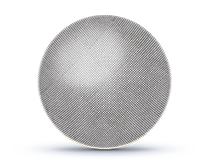
Innegra
A new type of polypropylene fiber mainly used in composite applications. Innegra fibers have high modulus, is impact resistant, and is lightweight. It can be combined with both glass and carbon fibers to achieve higher properties. When laminate, does not turn transparent.
Basalt
Basalt fibers provides a great alternative to carbon fiber and glass fiber in terms of price and performance. Temperature resistant of 750°C, makes basalt a popular choice in the fireproof textile application. We work with continuous basalt yarns which are woven into fabrics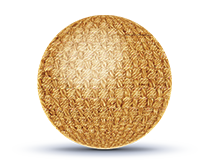
Natural Fibers
Recyclable fibers is an environmentally conscious choice when it comes to reinforcement. Asia Kangnam experiments with kenaf, hemp, jute, and flax in woven fabrics. Filament sizing is also available to improve the fibers processability and performance.MANUFACTURING
We have various value added process for producing various types of industrial fabrics. We help customers develop new products and bring them to the market. 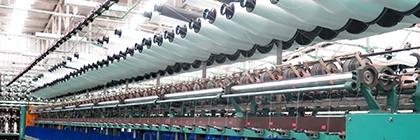
Twisting
The process of combining one or multiple yarns into a single continuous strand. Twisting is done to increase the weight of the yarn as well as increase the overall strength of the resulting fiber. Twisting of the yarn can be done in both right (Z) and/or left (S) direction, and with a specified amount of twist. Coating & Treatments
Coating & Treatments
The coating process is done to enhances the properties and performance of the base fabrics. Asia Kangnam offers various different types of coatings. Our coating machines accepts fabrics up to 2 meters in width and provide accurate control in resin contents.
See coating type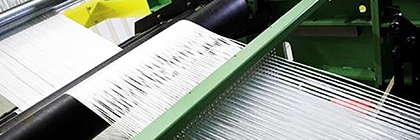
Sizing
Sizing is essential to glass fiber manufacture and critical to several key fiber characteristics that determine both how fibers will handle during processing and how they perform as part of a composite.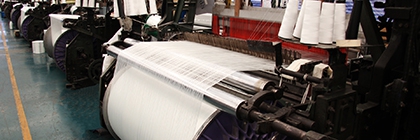
Weaving
Asia Kangnam is a specialist in weaving high performance technical textiles. Our designed fabrics are made to meet the ever growing demand for functionality and performance. Production facilities includes both air jets and rapier looms up to 4 meters width from world renowned brands. We offer all weights and weave patterns for various types of technical fibers.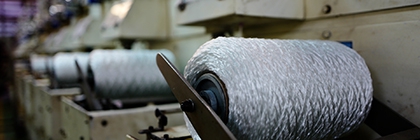
Texturization
Texturising is the process by which synthetic fibres are modified to change their texture and physical appearance. Texturising techniques can include bulking crimping and coiling, amongst others. Texturized fibers have increased volume which increases insulating properties and friction when use in clutch manufacturing.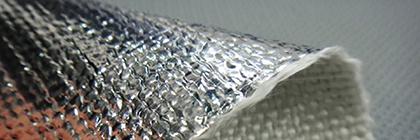
Lamination
Calendering type lamination process is used to bond two or more types of flat substrates to each other. One of the most common lamination process we provide is fiberglass to aluminum film.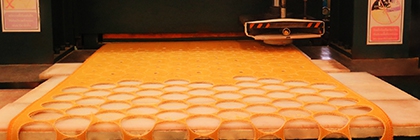
Cutting
Die cutting service is available for our customers. Customers are able to specify the shape and size in which they would like their fabrics to be cut into. Calculations are made to achieve the lowest amount of weight possible.
Slitting
Fabrics can be slitted into different widths optimal for customer’s use. Another service in which we offer the best value to our customers when working with our fabrics.QUALITY MANAGEMENT

GET A QUOTE FAST AND RELIABLE SERVICE FOR YOUR PROJECT
Asia Kangnam is pleased to now offer first quality shorts and remnants of fiberglass material.
Asia Kangnam is pleased to now offer first quality shorts and remnants of fiberglass material.




